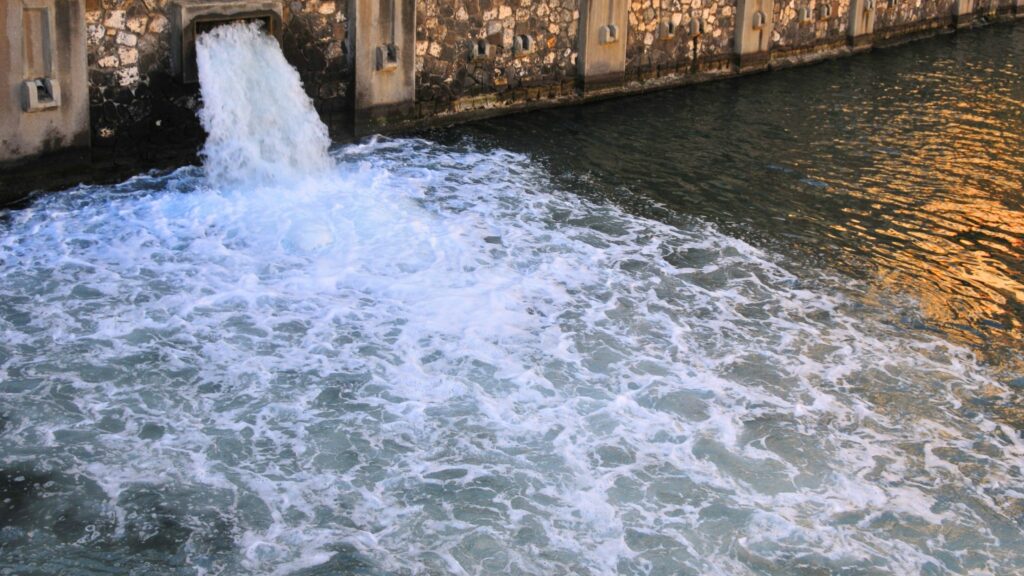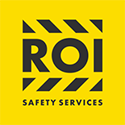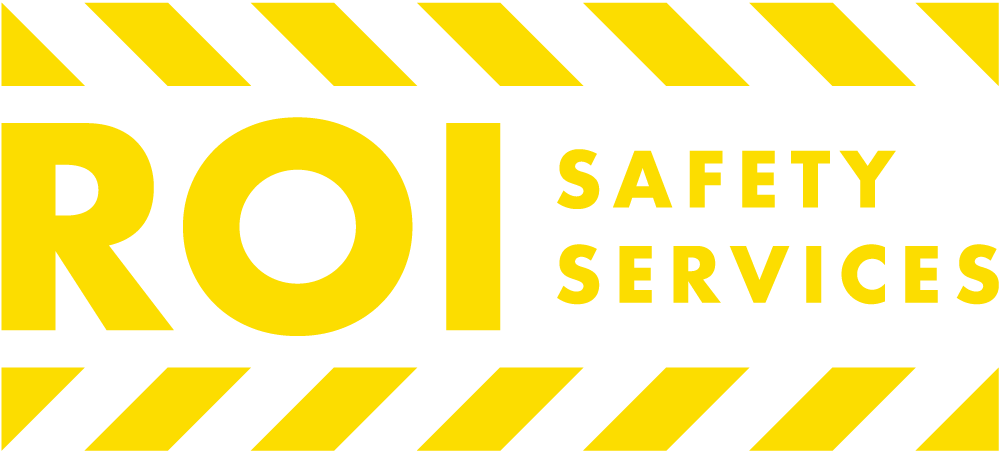
The pollution of stormwater run off seriously threatens waterways and ecosystems. Stormwater runoff, formed by rainwater or snowmelt, can pick up contaminants and transport them to our rivers, endangering aquatic life and public health.
Implementing a Stormwater Pollution Prevention Plan (SWPPP) can aid in mitigating the harmful effects of stormwater runoff.
In this article, you’ll find a thorough SWPPP checklist, including ten tips for reducing stormwater pollution. These strategies can help encourage sustainability and protect the environment whether you’re a homeowner, a business owner, or a local government.
Household Tips for Stormwater Pollution Prevention
Stormwater pollution prevention should begin in one’s backyard. You can take several easy measures in and around the home to reduce the amount of pollution entering local water supplies. You can help reduce stormwater pollution by following these tips.
1. Proper Disposal of Hazardous Waste
Chemicals, batteries, and electrical devices are all examples of household hazardous waste (HHW) that, if not disposed of correctly, constitute a threat to human health and the environment.
Garbage and drains are not appropriate disposal locations for HHW. Instead, find out how to dispose of these goods correctly by contacting your local trash management company. Proper HHW disposal can stop contaminants from entering water supplies.
2. Use of Environmentally Friendly Cleaning Products
Most conventional cleaners for the home are full of chemicals that are hazardous to both human health and the environment. These chemicals can enter our water supply when people use them and wash the residue down the drain.
Switching to natural cleaning solutions like baking soda or vinegar is a great place to start. Natural cleaning solutions will lessen the number of pollutants washed into the storm drain system.
3. Proper Disposal of Pet Waste
Pet waste contains pathogenic microorganisms, like bacteria or viruses, that can pollute streams and endanger aquatic life. When we do not pick up after our pets, the microbes from their waste get carried into storm drains and water supplies.
To avoid this, it is imperative that you consistently pick up pet waste from your home and place it in the trash. In addition, never dispose of pet waste in storm drains or natural areas like parks or trails.
4. Use of Pesticides and Fertilizers
Homeowners often resort to using pesticides and fertilizers in the upkeep of their lawns and gardens. However, improper usage of these products can negatively affect the ecosystem.
Excessive applications of pesticides and fertilizers can pollute our water supplies since rains carry them away into the storm drain system. To avoid using too many of these products, strictly adhere to the guidelines. Alternatively, use organic options like compost and mulch when tending your lawn and garden.
Taking these easy steps at home will help to safeguard our waterways from the harmful effects of stormwater runoff.
5. Proper Disposal of Yard Waste
Grass clippings, leaves, and branches are all yard debris that you should dispose of appropriately to keep storm runoff clean. During storms, yard trash on the ground can choke storm drains and cause flooding.
So, using green garbage bins or composting your yard waste is best. If hiring a landscaping service, ensure they dispose of yard waste properly.
6. Cleaning and Servicing Vehicles
The storm drain system can pick up a lot of pollutants from the road. If washed down the storm drain, leaking motor oil, antifreeze, and other vehicle fluids can pollute our water supply.
Regular car maintenance can help prevent leaks; if a leak occurs, fix it immediately. To keep water from entering the storm sewer system when washing your car, use a commercial car wash or wash it on a lawn or other porous surface.
7. Pool Maintenance
Swimming pools contribute significantly to stormwater pollution, so you must maintain them well. Improper application of chlorine and other pool chemicals can have adverse effects on ecosystems.
When adding chemicals to your pool, read the directions carefully, and never let pool water go down the storm drain or onto the street. Instead, flush it down the sewer system or use it to irrigate your plants.
8. Remodeling the House
Home improvement projects can also be a source of pollutants that enter the storm drain system. If you need to paint or stain, look for water-based, non-toxic options with minimal volatile organic compound (VOC) content.
They have a less harmful impact on the environment. In case of spills, always properly clean them and dispose of them by taking them to a designated landfill or hazardous waste facility.
Community Tips for Stormwater Pollution Prevention
Community involvement is essential for preventing stormwater pollution. If they all work together and implement innovative approaches, people can lessen the quantity of pollution washed into the rivers by rainstorms. Here are some community and advanced tips for stormwater pollution prevention.
1. Participating in Community Cleanup Events
You can easily avoid stormwater contamination by taking part in community cleanup events. These activities focus on cleaning up public areas, including streets, sidewalks, and parks. Doing so will keep the trash from getting washed down the street and into the waterways, eventually ending up in our water supply.
Local groups, schools, or government entities often organize community cleanup events. Volunteering at these events is a great way for neighbors to bond while making a difference in their neighborhood and the environment. Participants can get an insight into the effects of stormwater pollution and the steps they can take to combat it.
2. Encouraging Businesses to Adopt SWPPP Measures
Not just households can help reduce stormwater pollution; businesses can, too. Promoting ecologically friendly cleaning supplies and other stormwater pollution control strategies can significantly reduce the pollutants that reach waterways.
Educating businesses on the effects of stormwater pollution and the benefits of adopting steps to prevent it is one method of urging them to take action. Methods such as workshops, seminars, and conferences can help achieve this goal. Businesses can also use resources like information about local laws and procedures for managing well.
Final Thoughts
The protection of water supplies and the prevention of environmental degradation depends on the implementation of an efficient Stormwater Pollution Prevention Plan (SWPPP). Businesses and individuals can take steps to reduce stormwater pollution by adopting any or all of the ten tips provided here.
Through the proper disposal of hazardous waste and the maintenance of waterways, it is possible to prevent the pollution of stormwater runoff. These tips serve as a guide for efficient methods of stormwater management.
Together, we can ensure the sustainability of our water supplies and the well-being of our communities and ecosystems. By adopting these measures, let’s do our part to make the world more sustainable.

